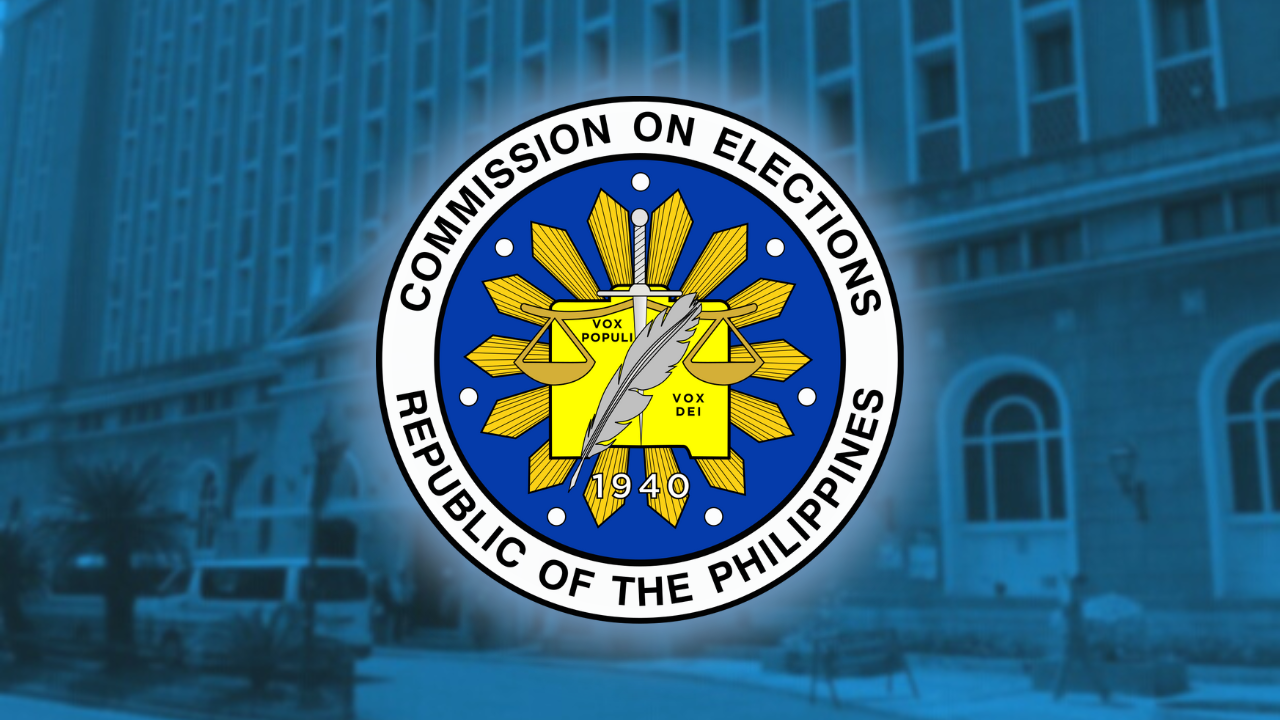The Commission on Elections (Comelec) is nearing its target of 3 million new voters for next year’s midterm elections, less than three months after the resumption of voters’ registration nationwide.
Comelec Chair George Erwin Garcia in a Viber message to reporters said as of May 2, the poll body has processed 2,548,324 applications in local election offices, satellite registration centers and “Register Anywhere Program” (RAP) stations around the country.
Calabarzon remained the region with most number of applicants, at 466,768. It was followed by Metro Manila, 378,553; Central Luzon, 295,635; Central Visayas, 181,283; and Davao, 140,548.
The registration period started on Feb. 12 and will end on Sept. 30, 2024.
Garcia, who visited a voters’ education and registration fair at the Guimaras State University on Friday, said the Comelec registration drive will try to reach remote areas and the vulnerable sectors.
“We’re going to the remotest area to emphasize the Comelec is not selective in its registration drive, because all of us have the right to vote and equal opportunity to register,” the Comelec chief said.
The Comelec has also released the official schedule for political parties and coalitions wishing to register and participate in the Bangsamoro Parliament election, which is also taking place during the mid-term polls on May 12, 2025.
The period to file for registration or accreditation of regional parliament political parties and sectoral organizations is set from May 15 to June 7.
Bangsamoro elections
The last day to submit the sworn information update statement by registered political parties to the Comelec’s Political Finance and Affairs Department is Aug. 15.
Aug. 15 is also the last day to file the petition for registration or accreditation of coalitions. while the last day to to file manifestations of intent to participate in the parliamentary election of party representatives is on Aug. 30.
The Bangsamoro Parliament will have 80 seats, one half of which shall be filled by representatives of participating political parties elected region-wide through a system of proportional representation. Not more than 40 percent of the seats will be filled by candidates elected from single-member parliamentary districts.
Up to eight seats will be filled up by representatives from non-Moro indigenous peoples and settler communities, as well as women, youth, traditional leaders and Ulama or the body of Islamic scholars.
The new regional legislature will succeed the Second Interim Bangsamoro Parliament, concurrently composed of the members of the Bangsamoro Transition Authority, which has been in session since September 2022.
